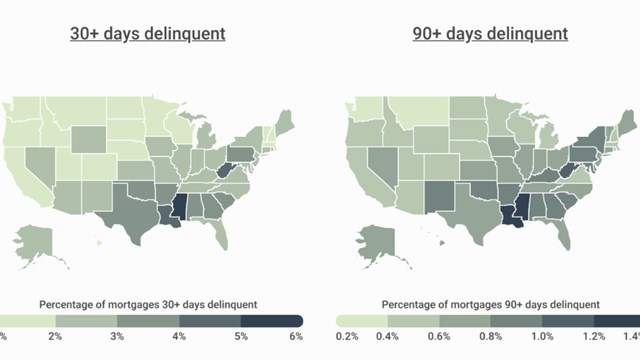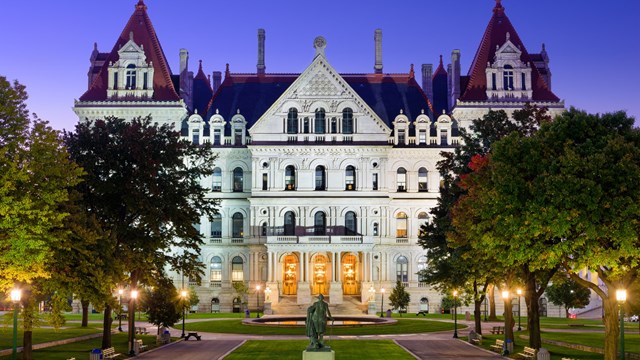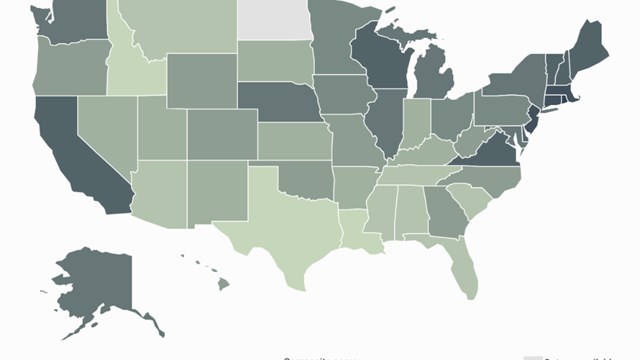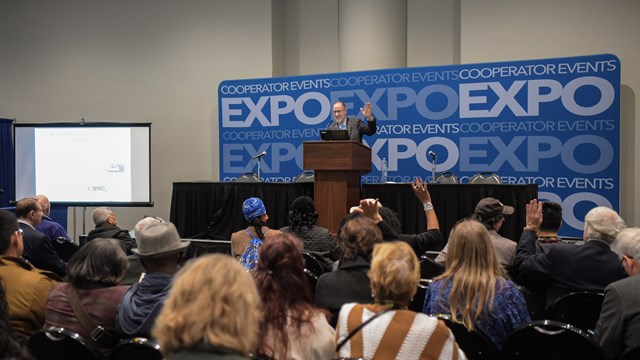Even before the pandemic, amenities and service previously associated with the hospitality industry had infiltrated the residential property sector. Now, as much of the world has grown accustomed to working remotely, commercial and office environments are being introduced into increasingly amenity-rich residential buildings. It’s increasingly clear that the future of real estate lies in spaces where the consumer – whether they be a resident, tenant, shopper, or office worker – can meet multiple needs within one space. For the residential market, this means that co-ops and condos are no longer viewed as just a home, but also as a place where the unit owner or tenant lives a larger proportion of their life. Can they exercise, socialize, even work in their building? Are there on-site services like dog walking, dry cleaning, housekeeping, and salons that help make busy lives easier?
Some of the most frequently requested services we receive at URBN Playground from large and small buildings alike are emblematic of this change, and suggest that boards, managers, and building owners are taking note of the changed live/work landscape and adapting - not just to meet the needs and expectations of current residents, but to stay competitive in a very dynamic housing market.
Home Offices
During COVID, some residential buildings have designed and installed new office stations within their amenity spaces; others have retrofitted existing lounges and community rooms to stand up to the demands of the newly remote workforce. In addition to physical alterations, concierge tech can aid in booking reservations for these spaces to prevent overcrowding and allow for social distancing. Apps can also allow residents to reserve conference rooms, desks, or any other services offered by their building.
Co-ops and condos can take a cue from rental buildings, many of which quickly adapted their amenities spaces when it became clear that working from home was the ‘new normal’ for many residents. At the Level building in Williamsburg, Brooklyn, residents can use URBN’s mobile app to reserve computer stations, printers, and conference room space. ARO, another luxury rental tower in Midtown Manhattan, adapted a resident lounge space into an informal coworking hub. Co-ops and condos can follow this model by looking at their existing amenity spaces and adapting them with long tables, comfortable chairs, freestanding desks, and some basic office supplies. Technology can help support crowd management by ensuring that users sign in or book time in advance to accommodate limited capacity and space constraints.
Hospitality at Home
The last decade has ushered in an age of experiential amenities. Perks and services that were historically only available to very large buildings and hotels with vast amenity spaces have become expected - even demanded - in buildings of any size, in nearly any neighborhood. Many owners and renters alike are prioritizing services over space - and it shows.
The property manager of 15 Broad, a 42-story, 382-unit condo building in Manhattan’s Financial District added virtual concierge through URBN Playground in 2019, enabling residents to book personal training sessions, baseball tickets, dog grooming appointments, massages, Vinyasa yoga classes, and much more - including kids’ swimming lessons at the building’s pool - through their building partnership. They don’t need to venture out to find trainers and other programs on their own – the building’s ‘personal’ concierge extends to them.
Community Building
The isolation brought by COVID has had deep impacts on people of all ages, in all settings. As a result, we are increasingly seeing interest in programming aimed at cultivating community. Residents want to get to know their neighbors; parents of young children want to meet others nearby; and people are eager to get off Zoom and back to at least some in-person interaction.
In August alone, URBN Playground planned community fitness programming across multiple client buildings, including weekly runs, weekly stretch-and-strength and group fitness classes. Parents signed their kids up for dance classes and residents of all ages registered to celebrate national holidays, including Women’s Equality Day, National Relaxation Day - even National S’mores Day - with their neighbors.
As the residential, hospitality, and commercial sectors continue to evolve and overlap, we anticipate even more focus on providing expanded services within residential buildings - and more consumer interest in buildings that rise to the occasion.
Jeremy Brutus is co-founder of URBN Playground, a full-service amenity consulting, technology, and staffing firm headquartered in New York City and serving clients in New York and New Jersey, Texas, Arizona, North Carolina, Georgia, and Florida. For more information, visit www.urbnplayground.com










Leave a Comment